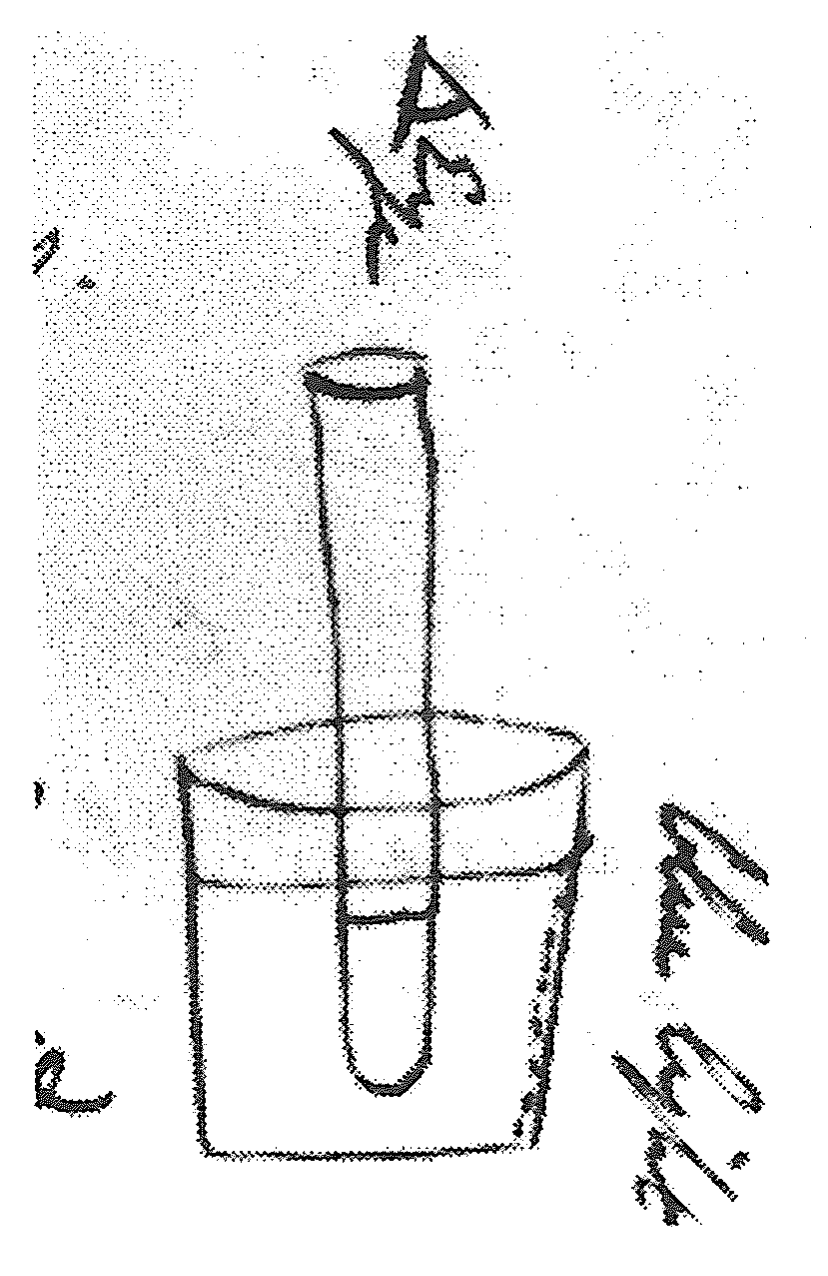George Gabriel Stokes to Faraday 26 November 1852
Pembroke College Cambridge | Nov 26th 1852
My dear Sir,
I received your letter yesterday, and am much obliged to you for having given directions to your assistant to have both the voltaic and the electric apparatus ready, as I should like to try both, though I am not very sanguine as to the possibility of making the fundamental experiment visible to so large an audience1.
As regards my lecture, it would be decidedly an advantage if the audience were previously acquainted with the singular phenomenon which Sir John Herschel described in a dilute solution of sulphate of quinine2; and if there should be time, without interfering with more important matters, to mention it, at the previous meeting, I should be much obliged by your doing so.
The nature of the phenomenon is a follows. If a dilute solution of sulphate of quinine be poured into a tumbler and placed in a window (it is well to place it on a blank cloth or velvet) a blue gleam of light is seen near the surface of the glass (the common surface of the glass & fluid) on the side next the incident light and on that side only. If the eye be placed so as to look down in a direction parallel to the surface of the glass, i.e. to the sill of the vessel, the blue gleam is foreshortened into a very narrow blue arc. A test tube containing a portion of the same solution exhibits the same phenomenon; but if the test tube be placed in the vessel with the solution of quinine the blue colour seen in test tube disappears.
 If the fluid in the tumbler be water instead of a solution of quinine, the fluid in the test-tube exhibits the blue light in perfection3.
If the fluid in the tumbler be water instead of a solution of quinine, the fluid in the test-tube exhibits the blue light in perfection3.
It appears then that the light which has once passed through a thin stratum of a solution of sulphate of quinine, although to all appearance unaltered, has yet undergone some mysterious analysis whereby it has been deprived of those portions, whatever they be, which produce the blue light in a solution of quinine.
A solution of 1 part of the common disulphate of quinine in 200 parts of water acidulated with sulphuric (or citric, tartaric, phosphoric, nitric, acetic) acid gives a medium very well suited to the experiment. However it will succeed within wide limits as to the strength of the solution.
I am dear Sir | Yours very truly | G.G. Stokes
M. Faraday Esq | &c &c &c
Bibliography
JAMES, Frank A.J.L. (1983a): “The Conservation of Energy, Theories of Absorption and Resonating Molecules, 1851-1854: G.G. Stokes, A.J. Ångström and W. Thomson”, Notes Rec. Roy. Soc. Lond., 38: 79-107.
JAMES, Frank A.J.L. (1985): “'The Optical Mode of Investigation': Light and Matter in Faraday's Natural Philosophy” in Gooding and James (1985), 137-61.
STOKES, George Gabriel (1852): “On the Change of Refrangibility of Light”, Phil. Trans., 142: 463-562.
STOKES, George Gabriel (1853): “On the Change of Refrangibility of Light, and the exhibition thereby of the Chemical Rays”, Proc. Roy. Inst., 1: 259-64.
Please cite as “Faraday2601,” in Ɛpsilon: The Michael Faraday Collection accessed on 27 April 2024, https://epsilon.ac.uk/view/faraday/letters/Faraday2601